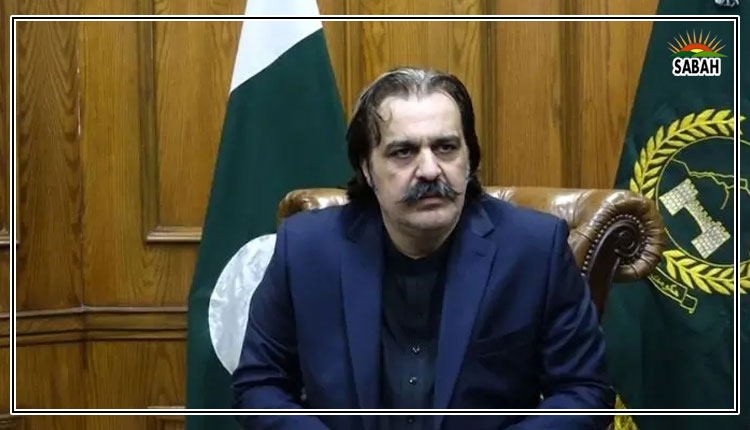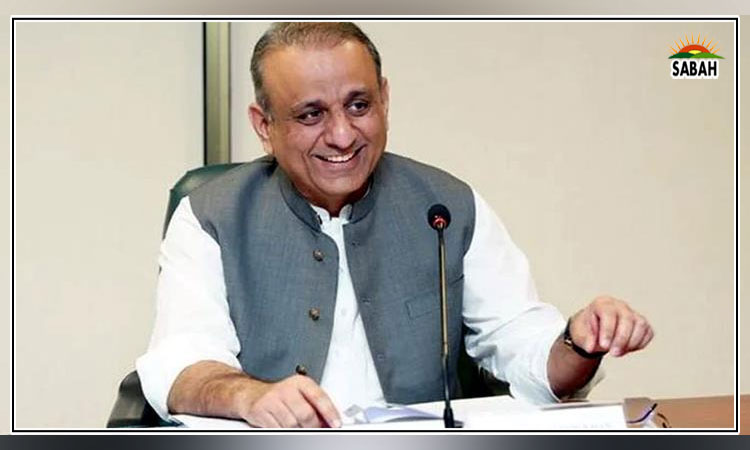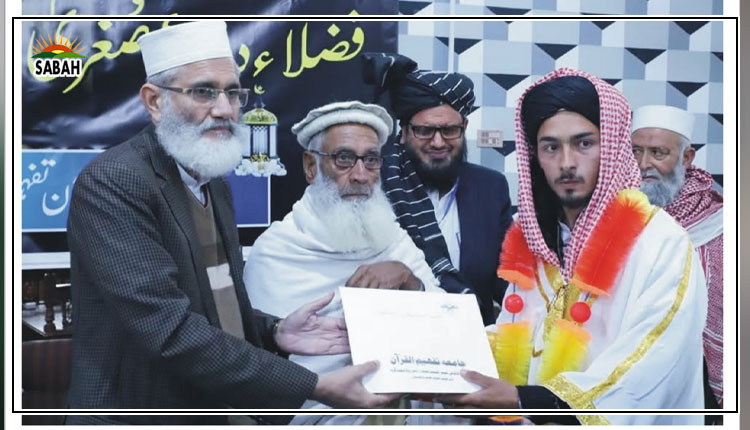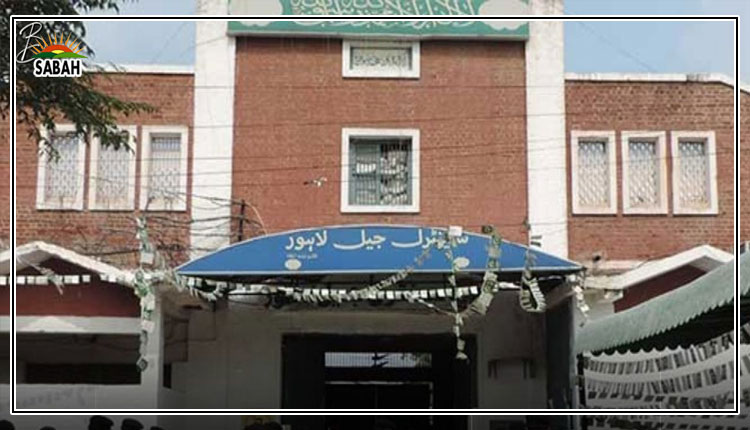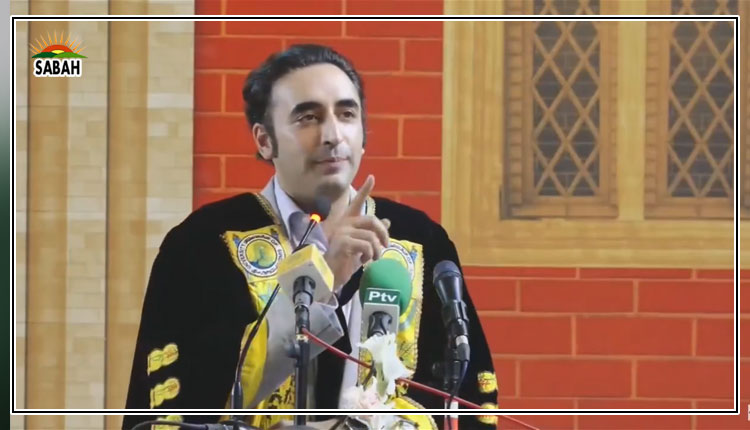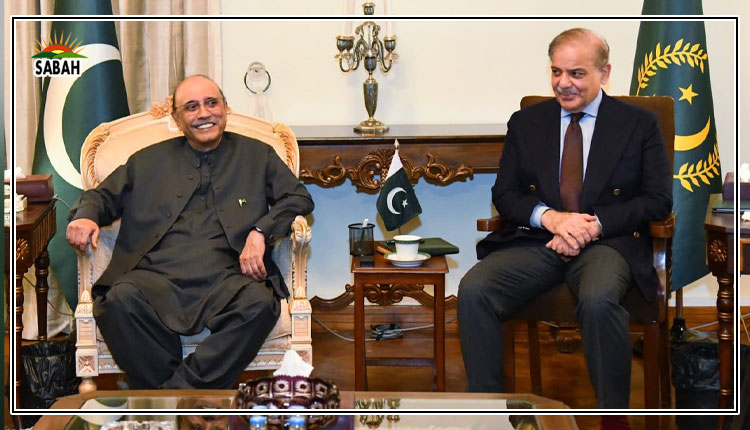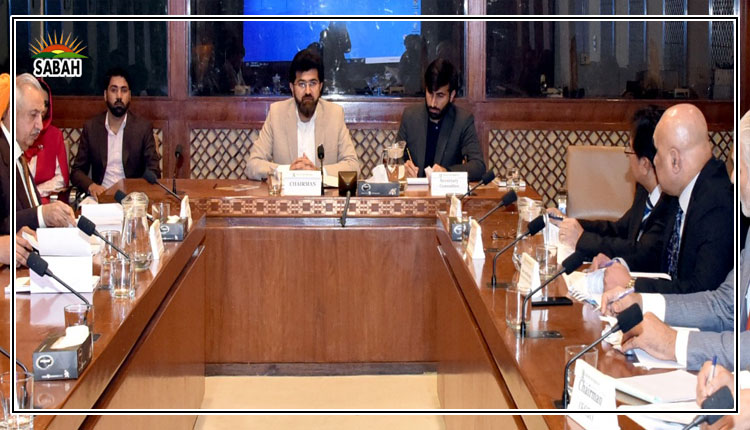Journalists in Gaza ….. Saadia Reza
“FOR nearly three months when I was still inside Gaza, every single day when the night came, I looked at myself and I said, ‘I survived this day’.” Palestinian journalist Youmna Elsid’s words reflect what every journalist in the Gaza Strip experiences while reporting from the war-torn enclave.
In a span of around 200 days since Israel launched the attack on Gaza, at least 100 journalists have lost their lives, as per the Committee to Protect Journalists (CPJ). The committee notes that as of April 20, 16 journalists were reported injured, four were reported missing, and 25 were reported arrested. In other words, on average one journalist, if not more, has been killed every two days since war broke out on Oct 7 last year.
Given the unprecedented number, Gaza has become the most dangerous place for media workers and journalists; the deadliest war for reporters since CPJ started gathering data in 1992.
The Israeli restriction on international media in Gaza has forced civilians including journalists, content creators, freelancers and influencers to document the horrific atrocities of the war. No age has been young enough to report on the genocide, as proved by nine-year-old Lama Abu Jamous and 17-year-old Abboud who bravely continue to tell the world about the suffering of their people. These and many others have been the storytellers as tragedies in the Strip continue to unfold. More importantly, the content coming out of Gaza has served as a massive tool to counter the soft and biased narrative adopted by many Western media organisations.
There is zero protection for this category of heroes.
However, in stark contrast with other war zones, journalists in Gaza have zero protection against any casualties while they cover the genocide in high-risk zones in the face of disrupted communication, war-related trauma and hunger and starvation, and more importantly, the constant danger to their lives and families.
Palestinian journalists have time and again highlighted the vulnerability of media workers in Gaza, citing several incidents where they, along with their families, have been targeted. These includes Al Jazeera’s Wael al-Dahdouh’s family which was killed in two air strikes, while he himself was critically injured. Several family members of Ali Jadallah, photojournalist at Turkish Anadolu Agency, were also killed when Israeli strikes hit their home early in the war.
But perhaps one of the most shocking examples of the plight of Gaza journalists emerged on Dec 15 last year, when Al Jazeera’s cameraman Samer Abudaqa was killed in an Israeli drone strike while covering a bombing in Khan Younis. According to reports, Abudaqa bled to death over five hours, while he was denied emergency treatment as Israeli forces did not permit ambulances and rescue workers to reach him in time.
Reporting on war is never easy. But for those in Gaza, the trauma of human suffering, bloodshed, sheer mental exhaustion, and the fear that the next fatality they report could potentially be a loved one are inescapable. Moreover, the struggle to cover the war while, at the same time, trying to meet basic everyday needs — given the extremely limited supply of humanitarian aid — is a reality that’s hard to imagine. Like all civilians in the Strip, journalists too have had to battle against hunger, thirst, mental and physical pain, and, often times, forced to make a choice between putting down the microphone or camera and focusing on finding a means to survive.
Understandably, a few took off their press vest for good when the need for safety and scavenging for food and other necessities took precedence over the day-to-day reportage. Some, like photojournalist Motaz Azaiza, evacuated to try to campaign for a ceasefire and show the world the realities of the war from outside the Strip.
These are people who have witnessed first-hand the heartbreaking scenes of babies being killed, of decomposed bodies unearthed in hospital compounds, of houses crumbling under air strikes. They have heard the wails of grieving mothers, of people pleading to be rescued from under the rubble, the screams of children losing their limbs without anaesthesia. These are not the experiences that one can erase from one’s memory easily, and the toll it took on their mental health is both profound and lasting.
The world owes these men, women and children whose powerful narrative and selfless desire to expose the truth has woken us to the situation in Gaza and let to global pro-Palestine protests. This is not the war they chose to report on, and certainly this is not the life they imagined for themselves. Yet, their motivation and determination to document a war that seems to have no end, is inspiring. To quote someone on social media, “not all heroes wear capes; some also come in press vests”.
The writer is a freelance journalist.
Courtesy Dawn, May 2nd, 2024




